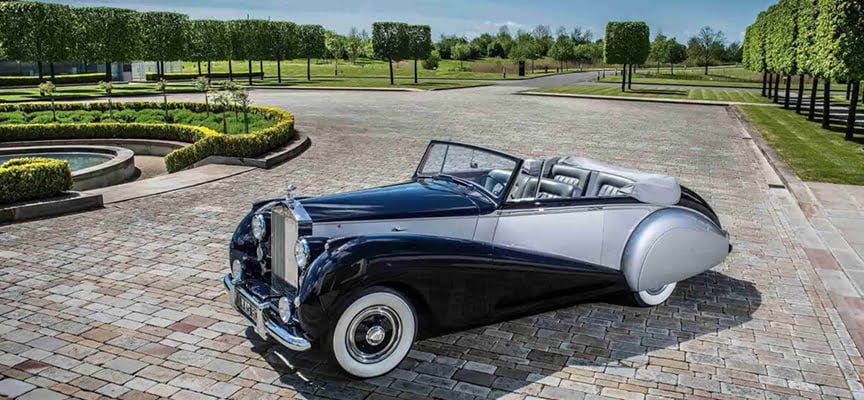Gallery and Diner Hours: 10:00 AM to 5:00 PM, Wednesday to Saturday

Vintage cars are not just cars; they are timeless pieces of history. These classics have a significant impact on the automotive industry, and the industry wouldn’t be what it is today without them. In this blog post, we will take a trip down memory lane and explore how vintage cars have changed the automotive industry.
Vintage cars hold a special place in the hearts of car enthusiasts and car museums all over the world. These iconic vehicles have shaped the automotive industry in numerous ways and continue to inspire innovation and creativity to this day.
The Early Days Of The Automobile Industry
The automobile industry began in the late 1800s, with the first cars being steam-powered, noisy, and unreliable. However, with the introduction of mass production and the assembly line, the industry began to grow rapidly. New car companies emerged, including Ford, which revolutionized the industry with its Model T.
To begin with, vintage cars were the pioneers of modern automobiles. They were the first vehicles to have engines that ran on gasoline, replacing the steam and electric-powered vehicles of the past. The internal combustion engine, which powered most vintage cars, was a significant breakthrough in automotive technology. This allowed vehicles to travel further and faster than ever before, making them more practical for everyday use.
The advent of the gasoline engine also led to the development of other key automotive technologies. For example, vintage cars were the first vehicles to have a transmission system, allowing drivers to shift gears and control the speed of their vehicles. This feature was crucial in making automobiles more user-friendly and accessible to the masses.
The Rise Of Vintage Cars
Vintage cars, also known as classic cars, are cars that were produced between the 1910s and the 1960s. These cars have unique features, such as their design, styling, and materials, which set them apart from modern cars. They were popular because they were affordable, stylish, and had character. Examples of popular vintage cars include the Ford Model A and the Chevrolet Corvette,
Moreover, vintage cars helped to shape the design language of modern automobiles. Many of the design elements we see in today’s cars, such as their long hood and flowing curves, were first introduced in vintage cars. These iconic design elements continue to inspire car designers to this day and have become an essential part of automotive design history.
Vintage Cars And Technological Advancements
During the vintage car era, technological advancements in the automotive industry were significant. New features, such as power steering, air conditioning, and automatic transmission, were introduced. These advancements changed the industry by making cars more comfortable, easier to drive, and safer.
As the automotive industry grew, so did the demand for more powerful and faster cars. Vintage cars such as the Bugatti Type 35 and the Alfa Romeo 8C were at the forefront of this trend, setting new speed records and pushing the limits of automotive technology. This quest for speed and power continues to this day, with modern sports cars and supercars pushing the boundaries of what is possible in automotive design.
Vintage Cars And Racing
Vintage cars played a significant role in the development of modern racing technology. In the early 1900s, racing was a popular sport, and vintage cars were often used in races. Famous vintage car races include the Indianapolis 500 and the Le Mans 24 Hours. Vintage car racing helped to develop new technologies, such as disc brakes and aerodynamics, which are still used in modern racing today.
Vintage Cars Today
Vintage cars continue to hold a special place in the hearts of car enthusiasts today. These cars are highly sought after due to their historical significance, unique features, and style. However, vintage cars require special maintenance and care, which can be expensive. Therefore, an easy way to enjoy the aesthetics of these cars is to visit automobile museums with a wide variety of cars on display.
About Us
Yesterday’s Auto Gallery is a passion project that began as a small collection of classic cars and has grown into a museum dedicated to preserving automotive history. Our team is made up of car enthusiasts who are committed to sharing their love of cars with future generations. We strive to create an immersive experience for visitors showcasing classic automobiles’ beauty and craftsmanship.
Contact us for private bookings, automobile storage, retail booths, events, and more!